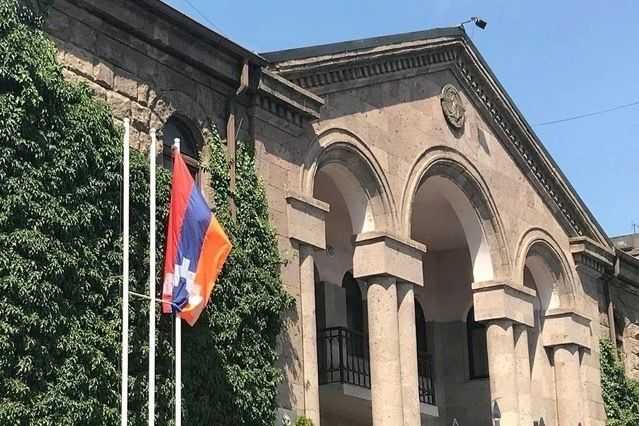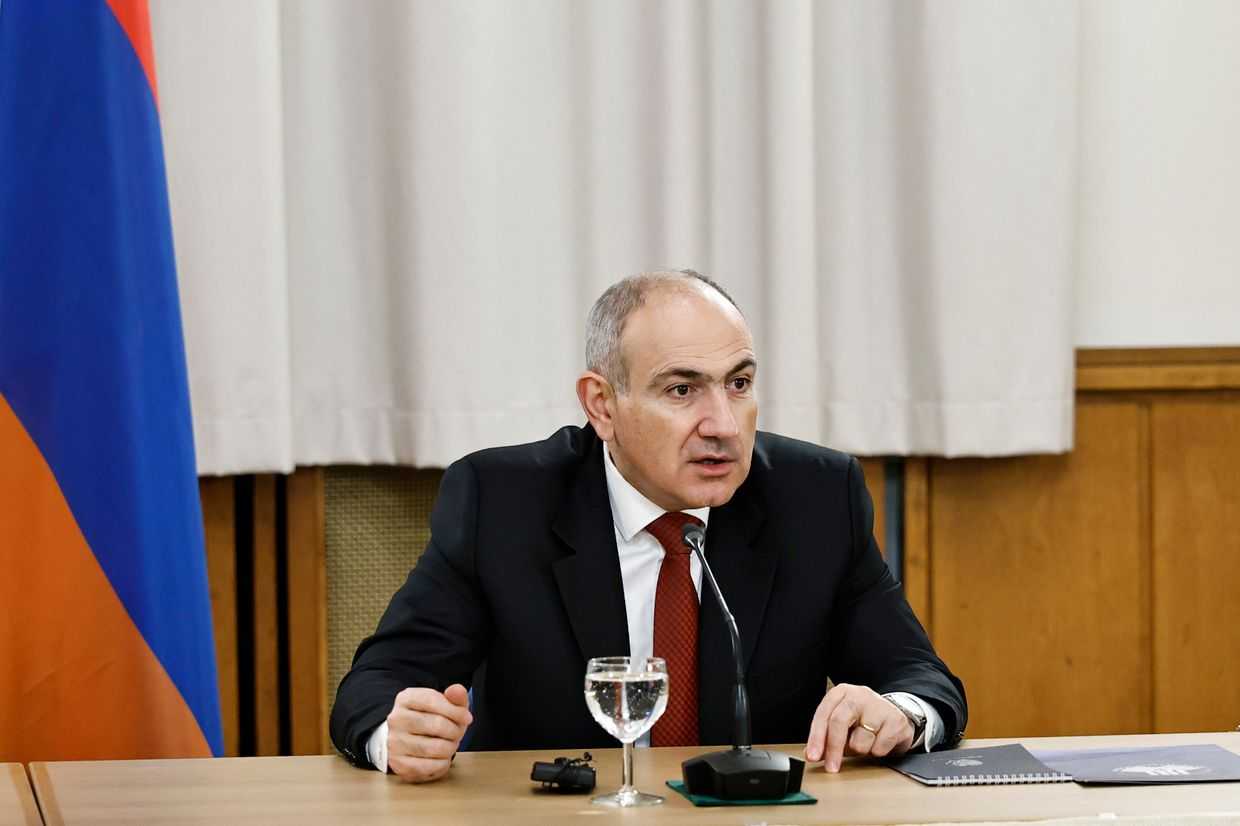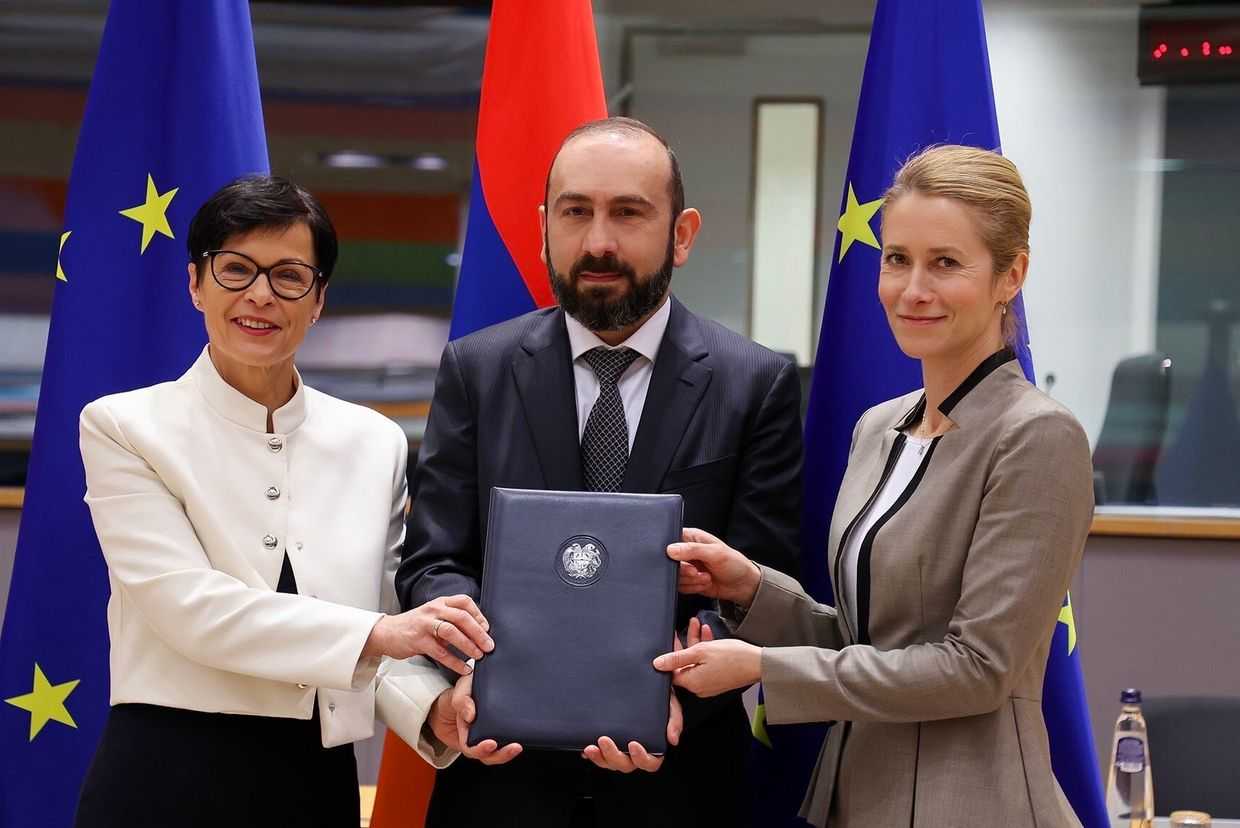
Yerevan residents have begun monitoring and sharing the city’s alarming air quality, recommending that people wear face masks. In turn, city authorities plan to develop a programme to tackle the issue.
On 18 December, journalist Samson Martirosyan posted on X screengrabs showing the air quality results of the three capitals of the South Caucasus. Yerevan ranked the worst, with the air quality considered unhealthy, followed by Baku, which had a rating of ‘unhealthy for sensitive groups’, and finally air in Tbilisi, which was ranked as ‘good’.
In its annual report, the hydrometeorology and monitoring center of Armenia summed up the changes in the average level of atmospheric air pollution in the country, including in Yerevan.
The data of average annual dust pollution indicates a decline from the highest point in 2012, but it is still higher than the record lowest point in 2016.
In a clarifying statement last week, the Yerevan Municipality noted that during the winter months every year, ‘due to unfavorable meteorological conditions, an increase in dust content in the air is observed’.
The city government explained that Yerevan is located in a basin, and the main factor ensuring the city's ventilation are mountain-valley winds, which stop at the end of October through March.
The municipality stated that in the winter time, all these factors were supplemented by the burning of various types of fuel for heating, ‘which leads to an increase in organic dust and smoke in the air’.
On social media, users have proposed such things as Yerevan’s shrinking green areas, increased construction, car emissions, and the blowing of dust from mines nearby Yerevan as causing the decline in air quality.
On 14 December, Yerevan municipality spokesperson Hayk Kostanyan shared Yerevan’s air quality readings on Facebook, noting that ‘the snow had cleared Yerevan’s air pollution’.
Kostanyan also joked that the Yerevan Waste Removal and Sanitary Cleaning organisation’s tool had been the recent snowfall.
Two days later, another Facebook user, Gevorg Balyan, wrote an apparent response to Kostanyan, sharing a picture of Yerevan’s air quality with the caption ‘the snow is gone, but the soot remained’.
‘We need to walk around with masks. I'm saying this with all seriousness’, Balyan added.
That same day, Andranik Shirinyan, the Country Representative for Freedom House in Armenia, called on the Armenian authorities and the Yerevan Municipality to make the solving of environmental problems one of their priorities in response to public demand.
Shirinyan added that in 2026, Armenia will host the biodiversity summit COP17, which he considered another great opportunity for the Armenian authorities to attempt to find solutions to the air quality issue ahead of the scheduled conference.
‘The air pollution issue in Yerevan is so serious that simply remaining silent or covering it up becomes life-threatening’, media expert Samvel Martirosyan likewise wrote on Facebook.
Later on 16 December, the issue of the city’s air quality was officially raised during an administrative session of the Yerevan Municipality, with Mayor Tigran Avinyan tasking his administration with presenting a new programme ‘in two months’ to tackle the issue. Among the possible solutions, Avinyan mentioned tree planting, as well as a ban on the operation of worn-out cars.
The Yerevan Municipality has installed 149 air quality measuring devices in the city, which provide information about air quality online, with Avinyan admitting that the data is especially worrying during the winter months.









